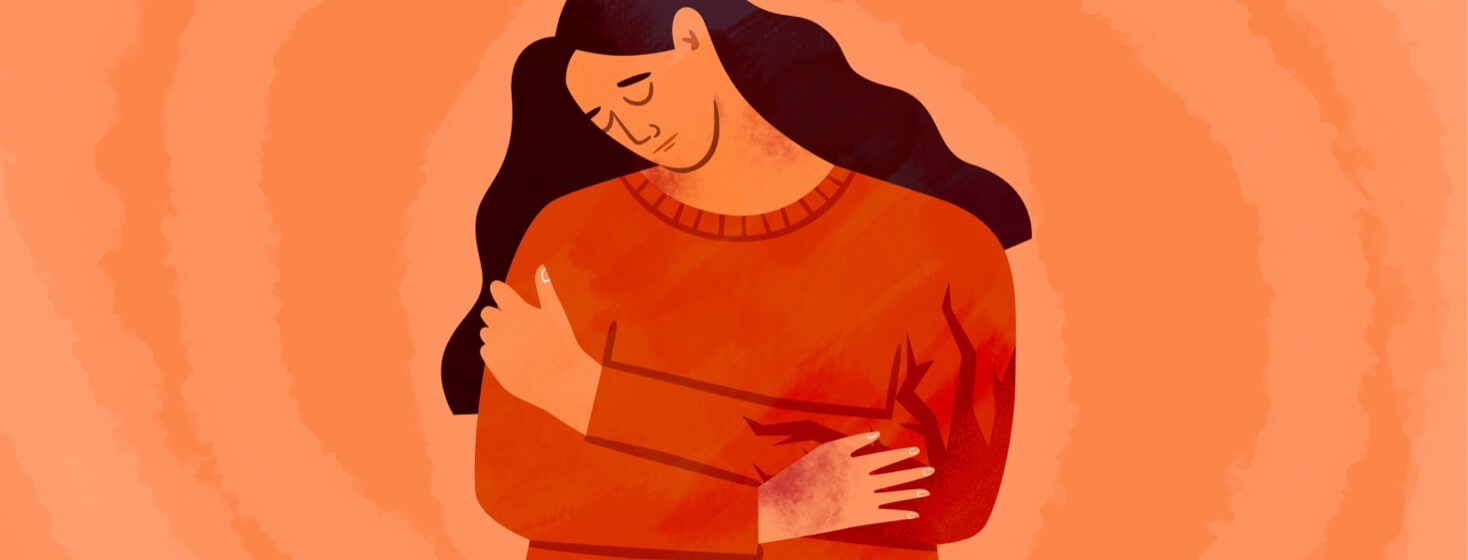Is Psoriasis Painful?
It is easy to see the red, scaly patches of psoriasis, which can show up as a few spots or major flare-ups that cover large areas of your body.
However, people living with psoriasis may find it hard to describe how it feels.
The impact of psoriasis pain
Those who have never had the condition may not understand that besides visible skin symptoms, psoriasis can also cause crippling pain that impacts your whole life.
Most of the time, psoriasis happens on the:
- Lower back
- Elbows
- Knees
- Legs
- Soles of the feet
- Scalp
- Face
- Palms of the hands
The long-term (chronic) skin disease comes and goes in cycles. It may flare up for many weeks or even months, and then symptoms will subside. Along with discolored skin and nails, psoriasis can also cause burning, itching, swelling, and pain.
Impact on daily life
Up to 83 percent of people with psoriasis may experience painful symptoms. Researchers found that when you have psoriasis pain, you are more likely to:1
- Miss days of work
- Be less productive at work
- Have trouble performing daily activities
- Have trouble sleeping
Gauging psoriasis pain
Pain is often a symptom that doctors use to gauge the severity of psoriasis. They may use the Psoriasis Symptom Inventory (PSI). This is a self-reported questionnaire that measures certain symptoms, including pain, on a scale from mild to very severe.2
Pain is one of the top psoriasis symptoms that people with the condition experience. One study shows that people who have psoriasis pain rated it around a 6 on a 10-point scale, and most find it is hard to cope with skin pain.1
It can crop up by scratching the skin or from painful psoriasis skin lesions. People describe the pain in different ways, but many say it feels like:1,2
- Burning
- Irritation
- A dull ache
- Soreness
- Stabbing
- Tenderness
- Throbbing
- Stinging
Pain can range from mild to severe, while some people with psoriasis may not have any pain at all. In interviews for one research study on psoriasis pain, some described an “annoying” pain that only flares up when they touch or scratch their skin. It then goes away quickly.1,2
On the extreme end of the pain spectrum, some people with psoriasis say their skin becomes thick and cracked to the point of bleeding. The pain is constant and affects their ability to work and sleep. Those affected may even need medical attention.1,2
Psoriatic arthritis pain
Many people with psoriasis also have psoriatic arthritis. This can cause joint pain, as well as pain on the surface of the skin. Painful symptoms of psoriatic arthritis include:3
- Joint pain and swelling that comes and goes
- Foot tenderness, especially in the sole (heel and bottom of the foot)
- Neck and lower back pain
- Morning joint stiffness
- Painful swelling of the fingers and toes
Treating psoriasis pain
Talk to your doctor if psoriasis causes discomfort or pain or impacts your day-to-day life. Treatments like creams and ointments (topical drugs), light therapy (phototherapy), and oral or injected drugs can stop skin cells from growing so quickly and get rid of painful scales.4
Your treatment plan will be based on the severity of your symptoms, including pain, and how they have responded to past treatment. You may need to try various therapies to find one or more that eases your symptoms.

Join the conversation